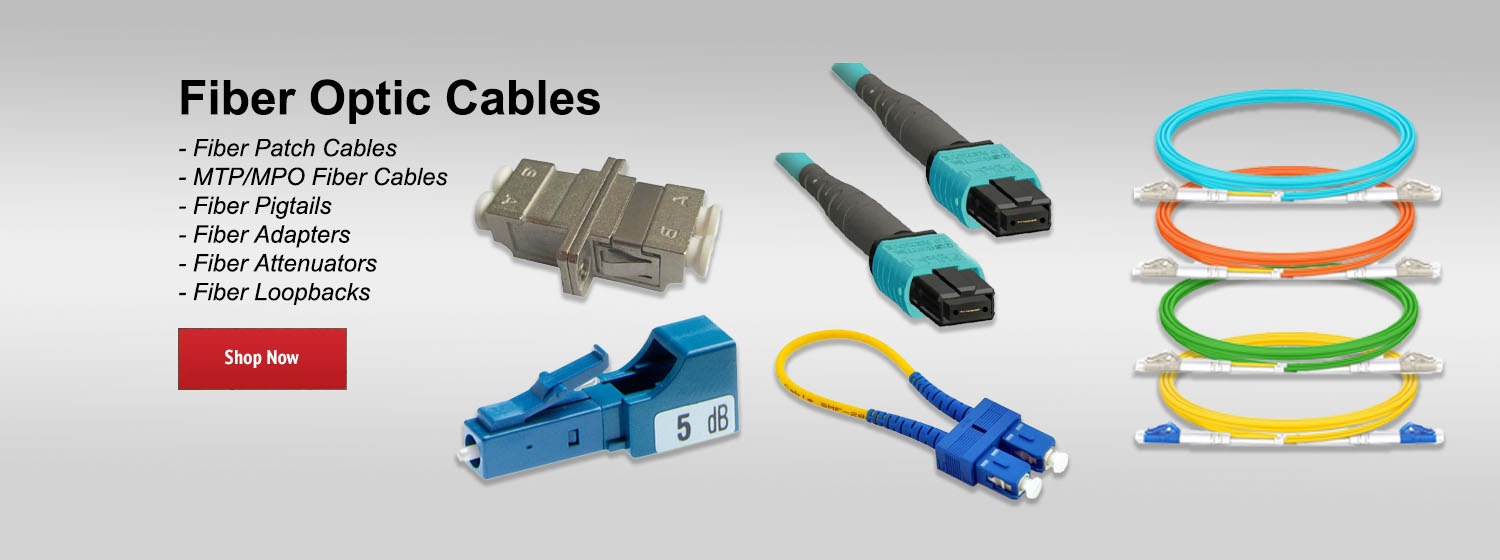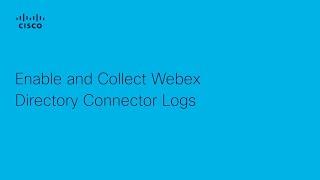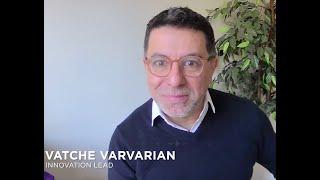According to the International Maritime Organisation or IMO, there are more than 50,000 commercial ships registered in the world today, which combined carry over 90% of the goods produced on Earth. They also produce around 3% of the world's CO2 emissions.
So what can be done? Is the answer cleaner and greener fuels, better use of information and data, legislation, or a mix of all three? This week's guest is Lora Jakobsen, Chief Purpose Activist at Zero North, a climate tech company which offers a software platform to help optimise shipping efficiency.
Do you have a question for the expert? Ask it here using this Google form: https://forms.gle/8vzFNnPa94awARHMA
About the expert, Lora Jakobsen: https://dk.linkedin.com/in/lora-jakobsen-35749a16/da
This is Technology Now, a weekly show from Hewlett Packard Enterprise. Every week we look at a story that's been making headlines, take a look at the technology behind it, and explain why it matters to organisations and what we can learn from it.
Sources and statistics cited in todays episode:
Statistics on shipping from the International Maritime Organisation: https://www.imo.org/en/KnowledgeCentre/Pages/MaritimeFactsFigures-Default.aspx
EU emissions regulations and maritime shipping: https://climate.ec.europa.eu/eu-action/transport/reducing-emissions-shipping-sector/faq-maritime-transport-eu-emissions-trading-system-ets_en
The first ever fine for space debris: https://www.smithsonianmag.com/smart-news/in-a-first-the-fcc-fines-a-satellite-company-for-abandoning-space-debris-180983012/
So what can be done? Is the answer cleaner and greener fuels, better use of information and data, legislation, or a mix of all three? This week's guest is Lora Jakobsen, Chief Purpose Activist at Zero North, a climate tech company which offers a software platform to help optimise shipping efficiency.
Do you have a question for the expert? Ask it here using this Google form: https://forms.gle/8vzFNnPa94awARHMA
About the expert, Lora Jakobsen: https://dk.linkedin.com/in/lora-jakobsen-35749a16/da
This is Technology Now, a weekly show from Hewlett Packard Enterprise. Every week we look at a story that's been making headlines, take a look at the technology behind it, and explain why it matters to organisations and what we can learn from it.
Sources and statistics cited in todays episode:
Statistics on shipping from the International Maritime Organisation: https://www.imo.org/en/KnowledgeCentre/Pages/MaritimeFactsFigures-Default.aspx
EU emissions regulations and maritime shipping: https://climate.ec.europa.eu/eu-action/transport/reducing-emissions-shipping-sector/faq-maritime-transport-eu-emissions-trading-system-ets_en
The first ever fine for space debris: https://www.smithsonianmag.com/smart-news/in-a-first-the-fcc-fines-a-satellite-company-for-abandoning-space-debris-180983012/
- Category
- Hewlett Packard Enterprise
- Tags
- HPE, artificial intelligence, edge to cloud
Be the first to comment







